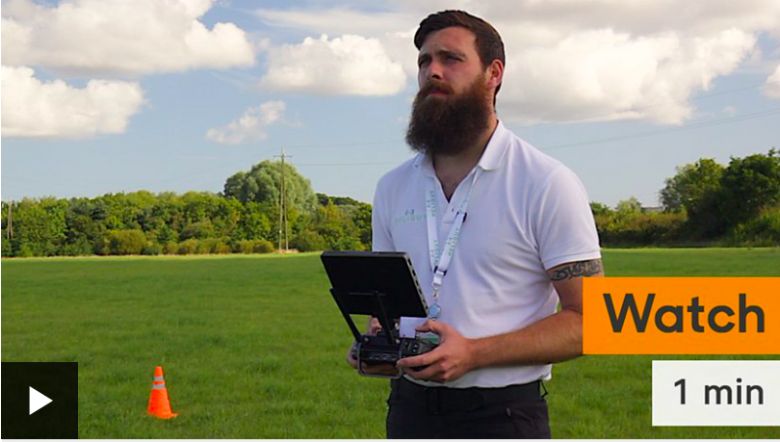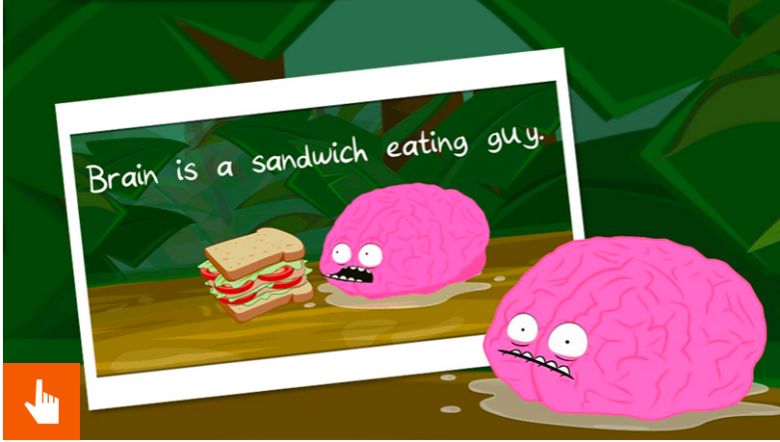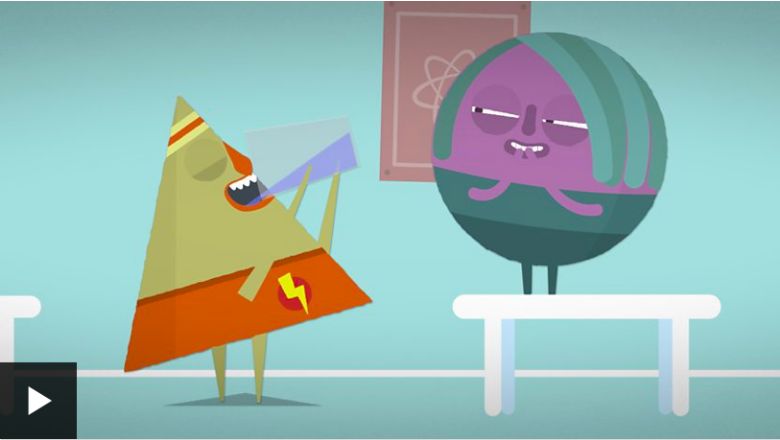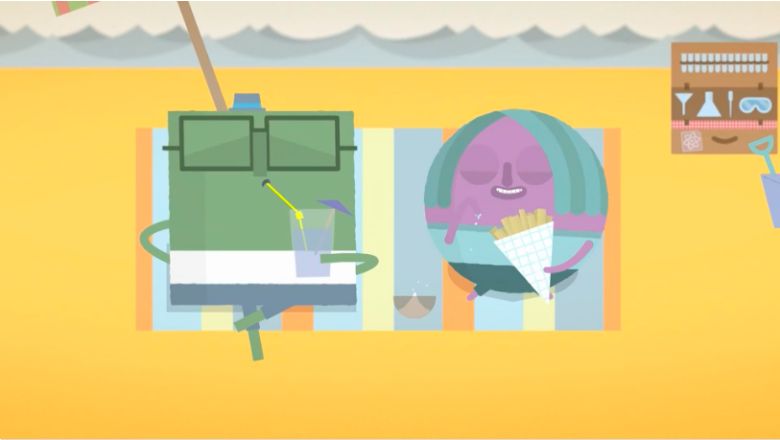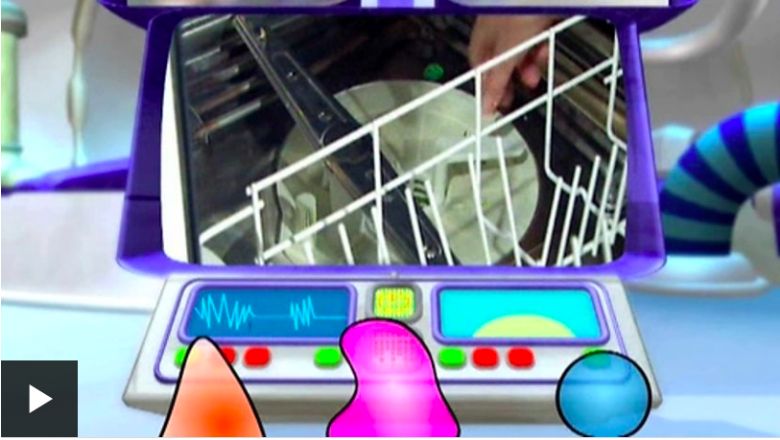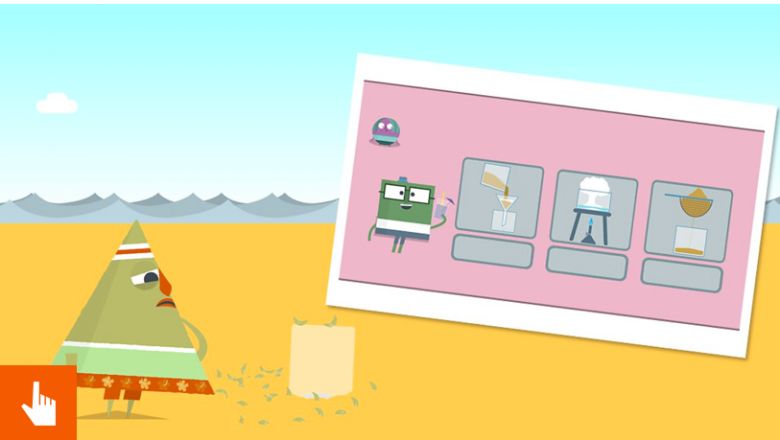Monday 4th May
English L.O: To understand the difference between hyphes and dashes.Activity 1: Ask an adult or older sibling to test you on the new spellings you received on Monday 27th April and make a record of your score in your home learning books . New spellings for you to be tested on next week can be found below. Activity 2: Listen to Chapter 22 of 'Pig Heart Boy' on the Learning--> Stories page of the website. Open up the following link: Hyphens and Dashes Activity 3: Watch the first two videos on this webpage to help you understand the difference between hyphens and dashes (they look very much the same but are used for very different reasons!). The pictures below are NOT video links, you must follow the link above to find these videos on the website. These pictures are to show you which videos to find once you have clicked the link above. 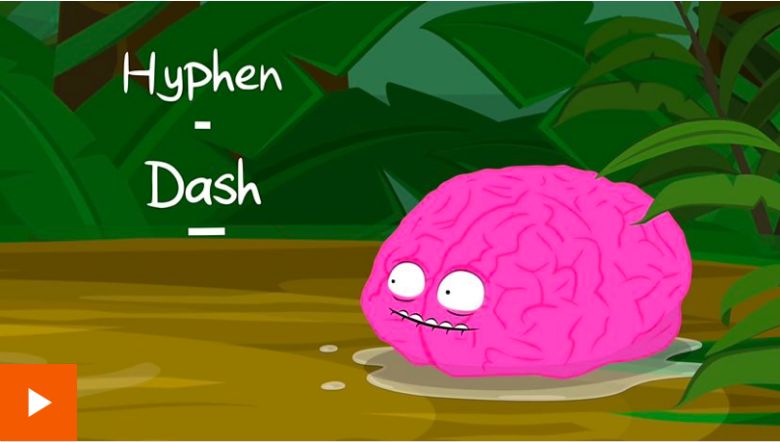
HyphensHyphens are very useful. They can be used to link two words together, so the word or phrase makes sense and doesn’t confuse the reader. Examples The superstar player decided to resign his contract. (Here the player is leaving the club). The superstar player decided to re-sign his contract. (Here the player is staying at the club for longer). Hyphens have other specific roles for different word types or phrases.
DashesDashes separate information and are a way of showing parenthesis, much like brackets. Dashes shouldn’t be confused with hyphens as their job is very different! Example The superstar player – who is loved by many fans – decided to stay at the club. Activity 4: Further down the page there is an a drag and drop' activity. Complete this activity to test your knowledge about hyphens and dashes
Activity 5 (Extension): Complete 'Helpful Hyphens' activity attached below (answers also attached). |
MathsYear 5: L.O: To round decimals to a required degree of accuracy.Activity 1: Watch the demonstration video below for today's lesson.
Activity 2: Once you have watched this video, click the link below to access the activity booklet to complete in your home learning books. Please put the question number you are answering in the margin if you are not completing your work on the sheet. Activity 3: Check your answers once you are done using the link below. Activity 4 (Extension): Attached below are some 'Year 5 Reasoning and Problem Solving' tasks linked to this topic. Answers are on the last 3 pages of the attactment for you to mark your work when you are done.
Year 6: L.O: To calculate scale factorsActivity 1: Before Easter, we explored scale factors and how to use them. Today, we are going to go back to this topic and explore how we can calculate scale factors. To remind yourself of how to use them, watch this clip below:
Activity 2: Watch the demonstration video below for today's lesson.
Activity 3: Once you have watched this video, click the link below to access the activity booklet to complete in your home learning books. Please put the question number you are answering in the margin if you are not completing your work on the sheet. Activity 4: Check your answers once you are done using the link below. Activity 4 (Extension): Attached below are some 'Year 6 Reasoning and Problem Solving' tasks linked to this topic. Answers are also attached for you to mark your work when you are done.
|
Science L.O: To distinguish between mixing, dissolving and separating.Open up the following link: Mixing and Dissolving The pictures below are NOT video links, you must follow the link above to find these videos on the website. These pictures are to show you which videos to find once you have clicked the link above.
|
P.E.At a time where we all find ourselves indoors for the most of the day, we should bare in mind how important daily exercise is for our health and wellbeing, particularly our mental health. If you are able to, take your device somewhere with plenty of space (even the garden on a nice sunny day) or clear some space in front of your computer and follow along with Joe Wicks for a 30 minute workout. I will definitely be doing the same! OR alternatively, Mrs Lightfoot has uploaded some very exciting links to other online PE sessions which you can access by following this link: Alternative P.E. Ideas
|

